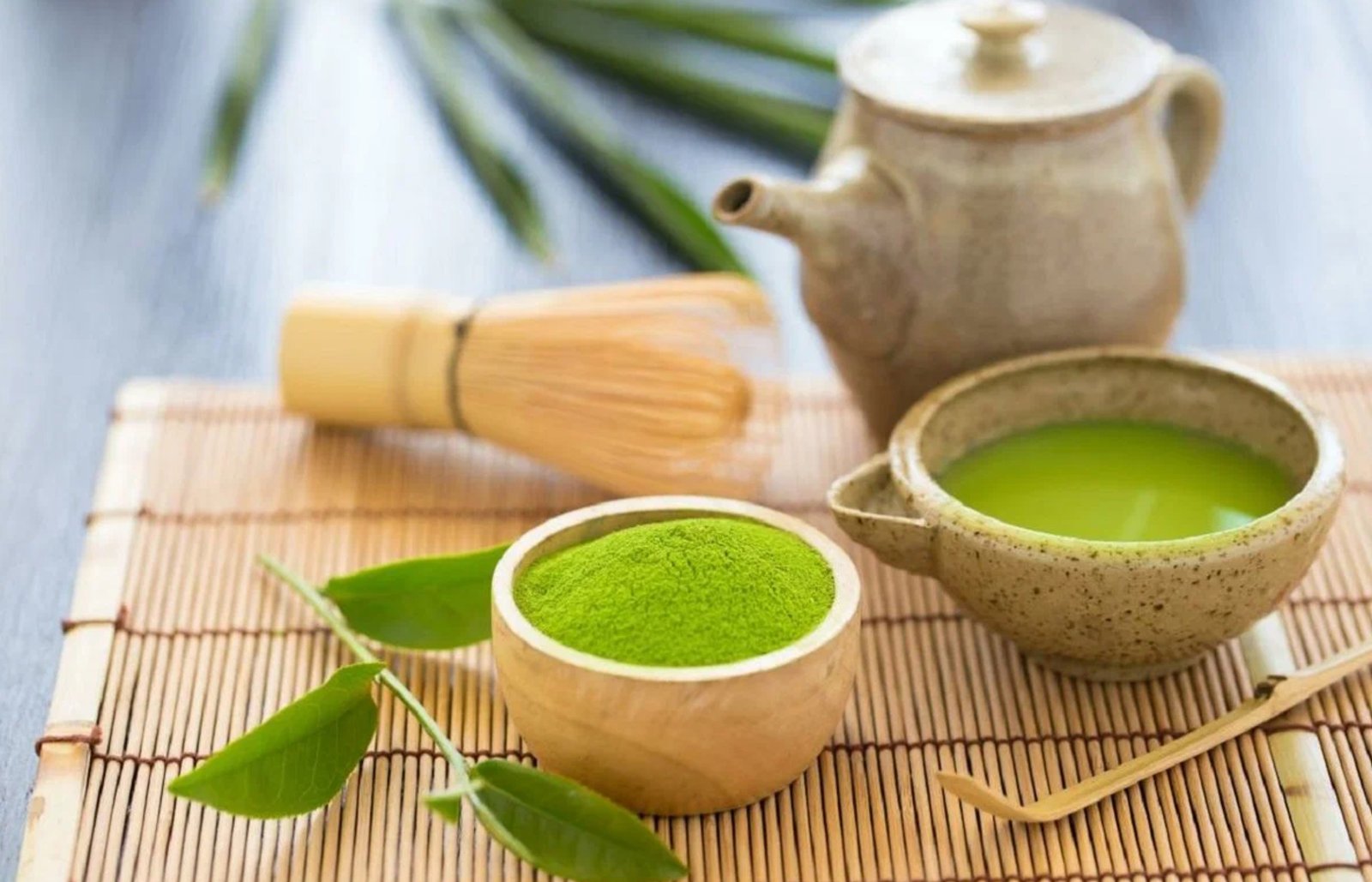Selecting the best Japanese green tea is a joyful process nevertheless; the process might be a little challenging. Given the fact that there are many varieties of honey with varying tastes and being healthy in so many ways, it is crucial for you to learn what to look for. Consequently, people who drink or are willing to try Japanese green tea can find the following five points useful to choose the right tea.
Know Your Tea Types
Japanese green teas are basically divided into different types and each type has its own characters. The most important among them is Sencha that has a grass like flavour that is quite enjoyable to the tastebuds. Special type of green tea known as the Gyokuro which is grown under shade provides relatively sweeter and rich taste as compared to normal Sencha tea. Genmaicha is one of the types of green tea which is blended with roasted rice and has the flavour of nuts in it. Hojicha is a kind of green tea which is roasted and as such has a bit reddish-brown colour with a toasty taste. The last one is Kukicha which is prepared using the stems and twigs of the tea leaves and it has a reputation of having a slightly sweet flavour. Being aware of the different types will help to navigate through the vast world of Japanese green tea to select that, one which tastes the best to your tongue.
Consider the Harvest Season
Scheduling the time of harvesting Japanese green tea is very crucial so that one can be very sure of the correct taste and quality of the tea. Spring teas are the best since they are harvested once in a year and also have tender taste as well as more nutrients. Summer crop is not vastly different from the rest of the year crops but has a relatively distinct and more flavoursome taste. Some people prefer those teas that are prepared from leaves which are harvested in the autumn season. The date of the harvest is one of those things which you have to consider when deciding which tea to choose. Different teas are different in taste; the best teas are prepared with tea leaves that were plucked not longer than one year ago.
Examine the Appearance
It’s also very important to know how to distinguish good Japanese green tea when you are buying and there are the following visual cues that you can consider. Loose leaf teas, especially those of high quality, are characterized by leaves which are evenly and brightly green. When it comes to whole leaf teas such as Sencha: The leaves should be whole and look like needles. Steer clear of teas which have many broken leaves or a lot of dust on them, this is a sign of poor quality or poor handling of the product. It should be a very dark green colour – do not use tea that has a muted or lacklustre appearance or even a yellow hue. Some of the superior teas may even have a gloss which is an encouraging factor. As the saying goes, ‘The first impression is the last impression’, while it is not true in all cases, it can be said that it is a good enough reason to judge a book by its cover.
Provide the Origin and Processing Details
Tea is a very noble beverage for human beings depending on the origin of tea the quality and the taste of the tea will be determined. Some of the best areas for the production of tea in Japan are Shizuoka, Uji and Kagoshima. This is due to climate, kinds of soil and techniques which are used in the process of manufacturing tea in every region add features to it. Choose tea that has been produced based on the quality of the leave used and those that are produced from single origin since this will help you realize the changes that are made based on the region.
Check for Certifications
Certifications can be very important to the consumer in a way that it ensures them of the quality as well as how the Japanese green tea is processed. If you are interested in tea which is grown naturally without synthetic pesticides and fertilizers, then go for the organic label. It is not always that high quality tea will come with certification but it is very useful especially when you are buying from different brands or types of tea.
Conclusion
Choosing the right Japanese green tea is something that one has to undergo through. With these guidelines you will be in a position to choose a tea that will satisfy all your senses and mouth feeling. As you have noticed, the Japanese green tea universe is vastly vast and is not limited to only the category of loose-leaf teas to include but others like Matcha Powder. Therefore, if you like the deep, robust taste of a high-grade Gyokuro or the ceremonial side of using Matcha, there is a Japanese green tea that will become your cup of tea.



